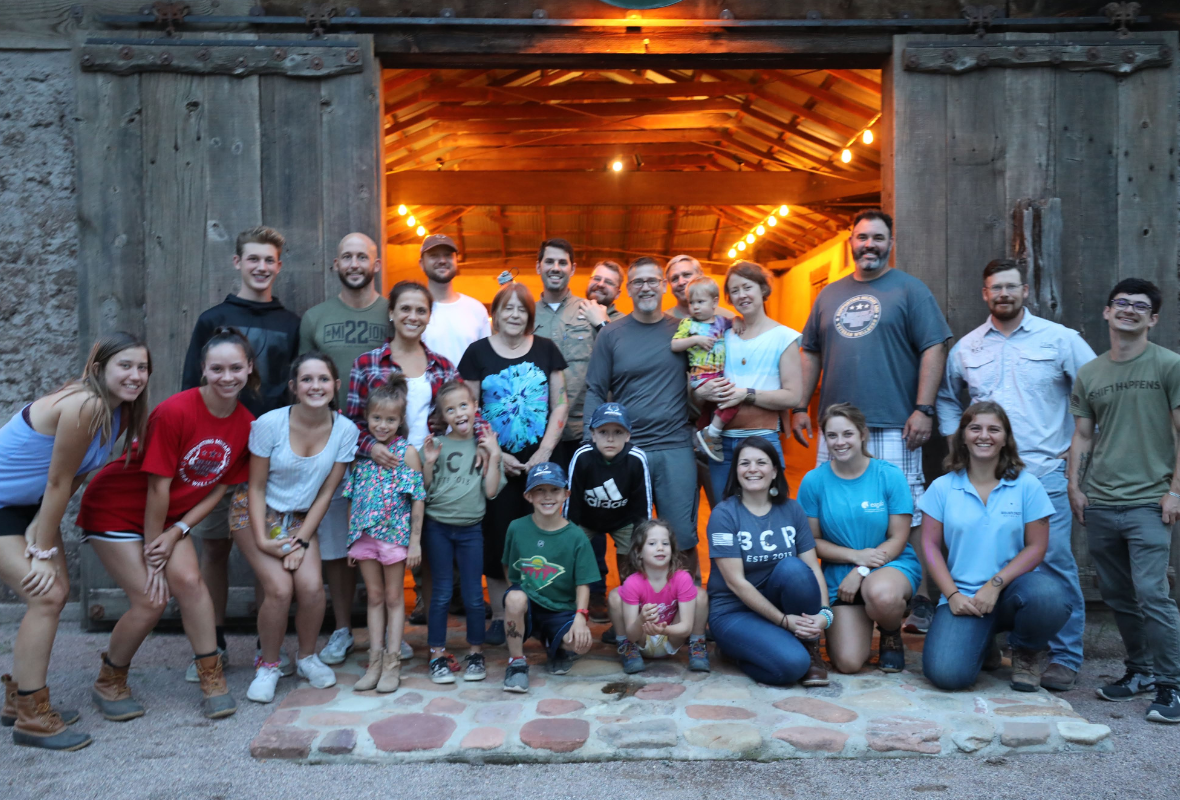PTSD
Recalibrating the epigenetic clock after exposure to trauma: The role of risk and protective psychosocial factors
May 1, 2022
Journal of Psychiatric Research
Epigenetic aging is associated with a plethora of negative health outcomes and increased mortality. Yet, the dynamicity of epigenetic age after exposure to trauma and the factors that influence epigenetic age are not fully understood.
This research evaluated longitudinal changes in epigenetic age before and after exposure to work-related trauma among paramedicine students.
We further investigated psychological and social risk (psychological distress, posttraumatic stress disorder/PTSD symptom severity, professional quality of life) and protective factors (social support and organisational membership) that drive epigenetic aging at both time points.
The study comprised of 80 samples of University paramedicine students including 40 individuals at two time points – t0 (baseline) and t1 (post-trauma exposure). Epigenome-wide analysis was performed from t0 and t1 saliva using the Illumina EPIC arrays that cover >860k probes. Data analysis was performed using R via generalized regression models. The epigenetic age was calculated based on the Horvath algorithm, GrimAge and SkinBloodAge were calculated using the Horvath online calculator, and p-value for significance was corrected using the FDR method for multiple testing corrections.
The epigenetic age at t0 and t1 were highly correlated with chronological age and with each other (r = 0.84–0.94). Baseline epigenetic age and follow-up epigenetic age were significantly associated with risk factors of psychological distress and PTSD symptom severity. Among the protective factors, a sense of psychological organisational membership at the start of the paramedicine course as measured at baseline significantly reduced epigenetic age at baseline and post-trauma exposure. On the other hand, receiving social support acted as a protective factor only after exposure to trauma (follow-up), decreasing epigenetic aging at follow-up. GrimAge acceleration at follow-up was significantly associated with increased PTSD symptom severity at baseline and follow-up. Moreover, increased social support at baseline and follow-up was associated with reduced follow-up GrimAge acceleration.
These results demonstrate that epigenetic aging is dynamic and changes after exposure to trauma. Additionally, results demonstrate that different risk and protective factors influence epigenetic aging at different times. In conclusion, the research identified risk and protective factors associated with epigenetic aging pre- and post-trauma exposure, with implications for health and well-being among individuals exposed to trauma.
Read the article “Recalibrating the epigenetic clock after exposure to trauma: The role of risk and protective psychosocial factors”
Your support powers life-changing programs offered at no charge to veterans, military, first responders, and their families. With your help, our Warriors won't just survive — they'll thrive.

We have received your email sign-up. Please tell us more about yourself.